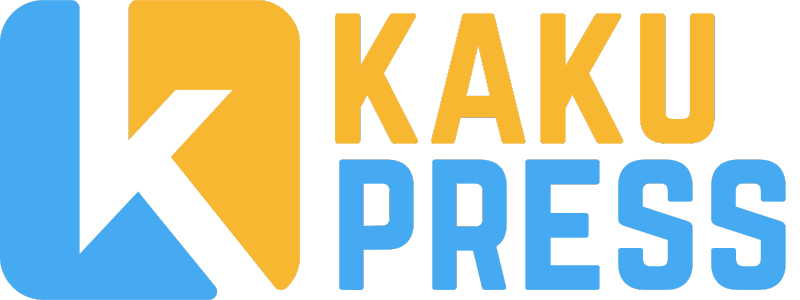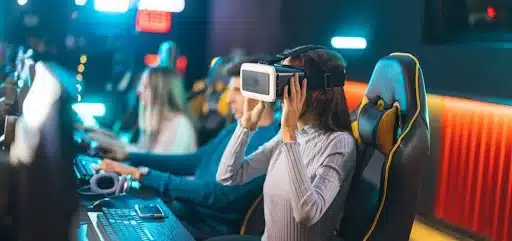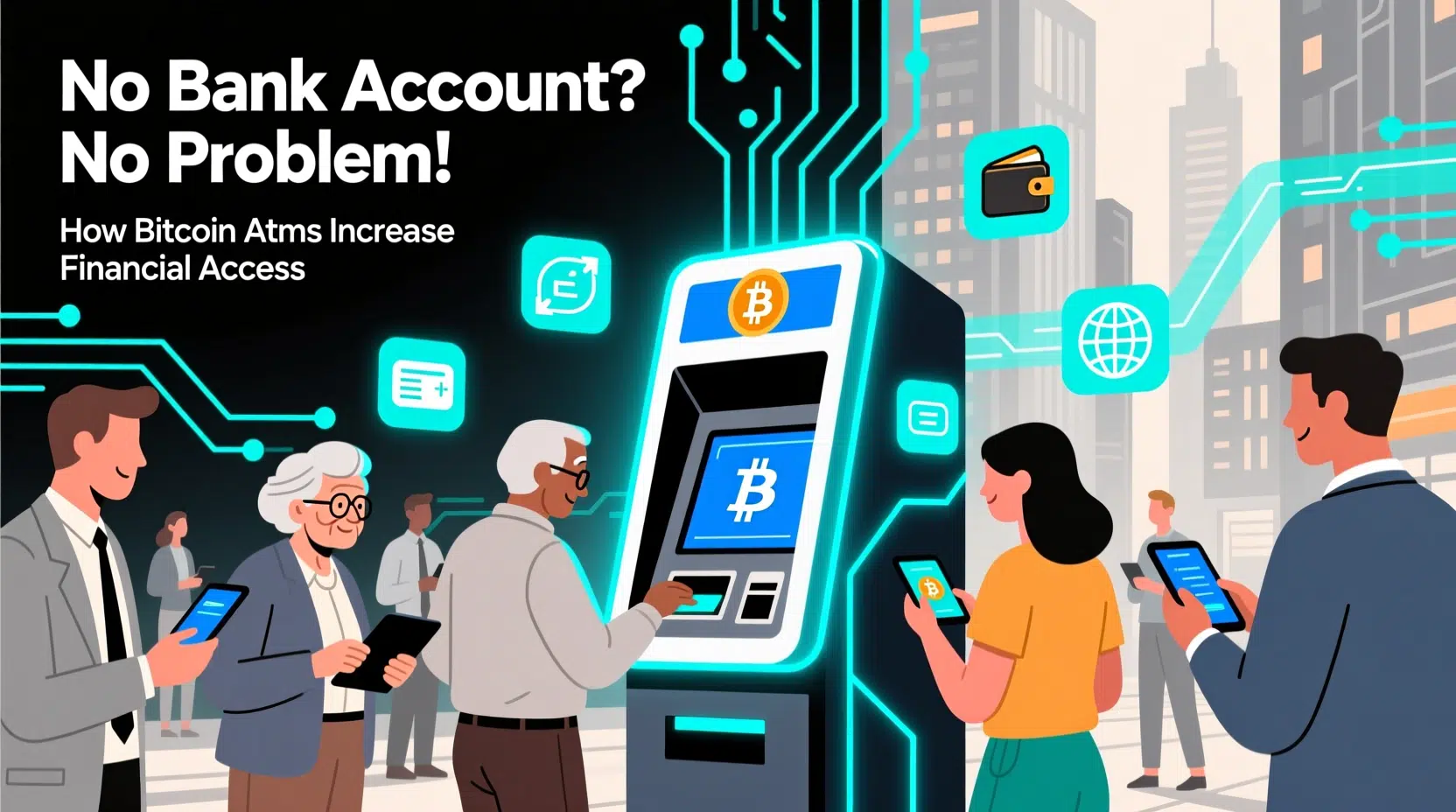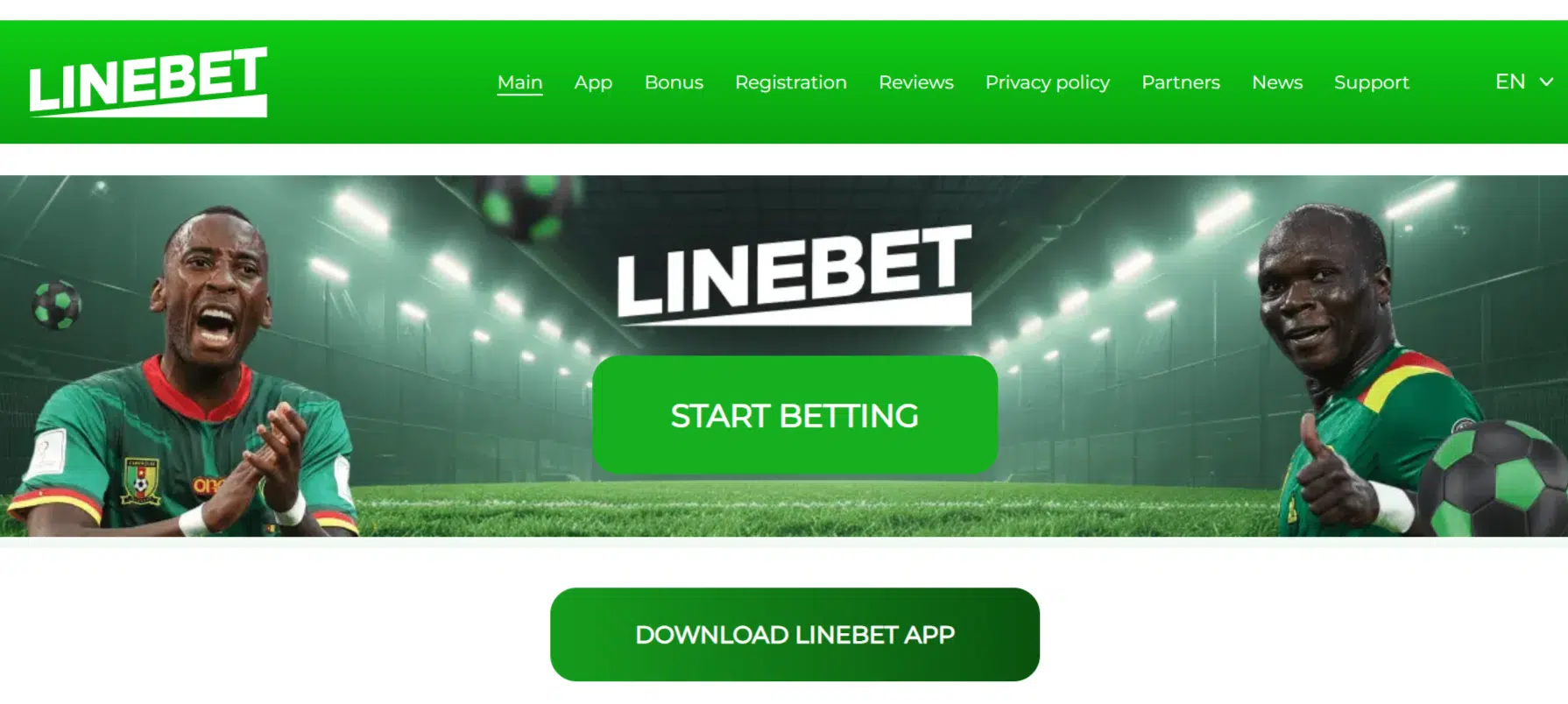The emergence of player-generated content systems has fundamentally transformed gaming from passive consumption into active creative participation, enabling millions of players to become content creators who shape game worlds and experiences for global communities.
Progressive platforms such as nv casino recognize the immense value of community creativity by providing tools and frameworks that empower players to contribute meaningfully to game ecosystems while maintaining quality standards and fair compensation systems.
This democratization of game development has created self-sustaining entertainment economies where player creativity drives continuous content generation that extends game lifespans far beyond developer-created content limitations.
The integration of user-generated content represents a paradigm shift from traditional top-down development models toward collaborative creation systems where developers provide foundational tools and platforms while communities generate the diverse content that keeps games fresh, relevant, and engaging for years or even decades after initial release.
Creative Tools and Content Creation Platforms
In-Game Level Editors and Design Systems
Sophisticated level design tools integrated directly into games enable players to create custom maps, missions, and challenges without requiring professional development software or technical expertise. These accessible creation systems democratize game design while maintaining quality through intuitive interfaces that guide creators through design processes with helpful constraints and suggestions.
Asset libraries provide extensive collections of pre-made objects, textures, and environmental elements that creators can combine and modify to realize their creative visions. These resources eliminate technical barriers while enabling impressive creative results that rival professionally developed content in quality and complexity.
Tutorial systems and learning resources help aspiring creators develop skills progressively through guided lessons that teach fundamental design principles, technical implementation, and community best practices. This educational approach builds creator confidence while maintaining quality standards that benefit the entire player community.
Quality Control and Community Curation
Rating and Review Systems
Community-driven quality assessment enables players to rate, review, and provide feedback on user-generated content, creating natural curation systems that highlight exceptional creations while identifying content requiring improvement. These crowdsourced evaluations help players discover quality content while providing creators with constructive feedback that guides iterative improvements.
Featured content showcases highlight outstanding community creations through official channels that provide recognition and visibility to talented creators. These curated collections inspire other creators while demonstrating quality standards and creative possibilities that elevate overall community output.
Moderation systems prevent inappropriate or low-quality content from reaching player audiences through automated filtering combined with human review processes. These quality gates maintain positive community environments while protecting players from offensive material or game-breaking exploits.
Monetization and Creator Compensation
Revenue Sharing Programs
Creator marketplace systems enable talented designers to monetize their creations through direct sales or revenue sharing arrangements that compensate creativity while funding continued content development. These economic incentives attract serious creators who produce professional-quality content that enhances overall game value.
Premium content tiers allow creators to offer free basic versions alongside enhanced premium editions that provide additional features, complexity, or polish. This freemium approach maximizes accessibility while enabling creators to generate income from their most dedicated fans and supporters.
Tipping and donation systems provide alternative compensation methods where players can voluntarily support creators whose work they particularly enjoy. These direct financial relationships build creator sustainability while fostering appreciation for the time and effort invested in quality content creation.
Social Features and Collaborative Creation
Team-Based Content Development
Collaborative creation tools enable multiple creators to work together on ambitious projects that exceed individual capabilities and time commitments. These teamwork features include version control, role assignment, and communication systems that facilitate coordination across distributed teams working asynchronously.
Skill specialization emerges naturally as creators focus on particular aspects like visual design, level layout, narrative writing, or technical scripting. This specialization mirrors professional development processes while enabling hobbyist creators to produce content approaching commercial quality through collective expertise.
Credit attribution systems ensure that all contributors receive appropriate recognition for their contributions to collaborative projects. These transparent crediting practices build trust while encouraging continued participation in community creation efforts.
Educational Value and Skill Development
Learning Through Creating
Game creation teaches valuable technical skills including basic programming, 3D modeling, graphic design, and project management through practical application within engaging entertainment contexts. These transferable skills often lead to professional opportunities in game development and related creative industries.
Problem-solving abilities develop naturally as creators troubleshoot technical challenges, balance gameplay mechanics, and optimize performance. These critical thinking skills prove valuable far beyond gaming contexts in academic and professional environments.
Creative confidence builds through iterative creation processes where players transform ideas into playable experiences, receive community feedback, and continuously improve their work. This creative empowerment often extends into other areas of life as creators develop belief in their ability to bring visions to reality.
Community Building and Social Impact
Shared Creative Spaces
Creator communities form around shared interests in particular creation tools, game genres, or design philosophies. These social networks provide mutual support, collaborative opportunities, and friendship bonds that extend beyond individual projects into lasting relationships.
Knowledge sharing occurs naturally as experienced creators mentor newcomers through tutorials, live streams, and direct collaboration. This generational knowledge transfer builds community expertise while ensuring that advanced techniques become widely accessible rather than remaining secrets of elite creators.
Cultural preservation happens when creators document historical events, cultural traditions, or personal stories through interactive experiences that educate while entertaining. These creative works serve archival functions while making cultural knowledge accessible to global audiences.
Technical Innovation and Platform Evolution
Advanced Creation Tools
Procedural generation systems enable creators to design rules and parameters that automatically generate vast content volumes, multiplying creative output while maintaining artistic vision and design coherence. These powerful tools enable small creator teams to produce content scales typically requiring professional studio resources.
Scripting languages and visual programming interfaces provide varying levels of technical control that accommodate both novice creators preferring simplified tools and expert developers seeking maximum customization capabilities. This tiered approach ensures accessibility while preventing feature limitations for advanced users.
Real-time collaboration features enable creators to work simultaneously within shared creative spaces, seeing each other’s changes instantly while communicating through integrated voice and text chat. This synchronous creation mirrors professional development workflows while building social connections through shared creative experiences.
Future Directions and Emerging Possibilities
AI-Assisted Creation
Artificial intelligence tools will increasingly assist creators by automating tedious tasks, suggesting design improvements, and helping realize creative visions that would be technically challenging to implement manually. These AI assistants will democratize advanced creation while maintaining human creative control and artistic vision.
Cross-game content portability may enable creators to design content once and deploy it across multiple compatible games, maximizing creative effort while building portfolios that demonstrate skills across diverse gaming environments and genre conventions.
Player-generated content continues evolving toward increasingly sophisticated creation systems that empower global communities to become active participants in game development while building creative skills, social connections, and potentially professional opportunities through community-driven gaming ecosystems.
Disclaimer
Kaku Press does not promote or support this kinds of games, This content is information purpoes only. Play or visit at your own risk.



